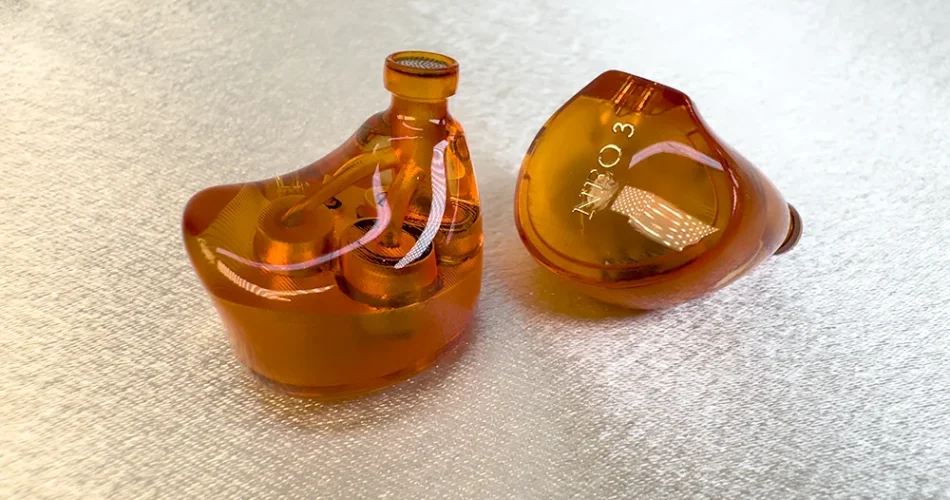Sound Impressions

I tested the Neo3s with my my Astell & Kern SR35 in high-gain mode, requiring a volume level of 35. They’re very cohesive & fairly midrange centric with satisfying bass output & very dark treble.
Bass
Bass is punchy & slightly north of neutral as expected from an ISN earphone, with higher bass quantity than the ISN Neo1s but less than the Neo5s. Midbass is emphasised over sub bass with a fairly even balance between them, and bass texture is quite good -not pillowy- though I’d love a bit more rumble.
There’s sufficient bass here to capture bassheads’ attention, but not quite enough that bass is truly dominant at the expense of other areas.

Midrange
The Neo3s deliver an impressive sense of fullness with terrific note weight for the price, thanks to a generous lower midrange emphasis that infuses male & female vocals with plenty of body. There’s also enough midrange resolution to articulate lyrics with impressive clarity.
The tuning emphasises tonality over technicality, and the inclusion of a copper rather than silver-plated cable accentuates this. Aided by cohesiveness the Neo3s are warm & musical, and the omission of BA drivers has resulted in a superb tonality, with none of the metallic timbre associated with planar drivers.
Treble
Though not quite as dark as the Penon Quattros I recently reviewed, the Neo3s are on the darker side of the spectrum with treble being quite subdued. This makes them smoother & less fatiguing if you’re treble sensitive, but does compromise their technical performance.
This encourages you to focus on the midrange & bass in a way that suits many genres, but perhaps not those like classical where string instruments benefit from treble with a bit more bite & zing.
Technical Performance

Due to their tuning it’s fair to say technical performance isn’t what the Neo3s are optimised for.
They’re superbly cohesive, which is a pleasant surprise as I was concerned ISN may have issues integrating a planar driver successfully – instead this is a real strength.
However the presence of those two other DDs means means the Neo3s aren’t as nimble as a BA-based hybrid might be, so they’ll occasionally having minor difficulty keeping instruments separated during busy passages – thankfully a minor quibble, as they don’t struggle as dramatically as many budget IEMs.
Note weight is superb for their price range, though dynamics aren’t quite up to the same level being middling, as is imaging which lacks pinpoint accuracy. Soundstage depth is very impressive, though width is merely average as is resolution which is best through the midrange but poorer elsewhere.
Page 1 – Introduction, Packaging & Ergonomics
Page 2 – Sound Impressions & Technical Performance
Page 3 – IEM Comparisons
Page 4 – Cable Comparisons
Page 5 – Conclusion


Comments